How to Read Food Labels Correctly?
We all know Food is medicine but now we have a bigger question what quality of food, what kind of food is genuinely pure, honest and healthy. Our markets today is filled with thousands and thousands of corrupt foods which we think is healthy, but stop for a while and think -is it really healthy? Is it really worth the claim that the product is making?
There are lot of products in the market which claim to be healthy but in reality, they are loaded with excess of chemicals or pesticides. If we use Food as medicine, our next search and endeavor should be to find the right food by knowing exactly how to read and understand the food label.
How many of us read the food label before buying a product? How many of us end up buying extra products from the supermarkets just because they were attractively packaged? How many of us fall for those misleading food labels?
Reading Nutritional labels often before buying any product can be a simple exercise that can help you make the healthiest choice when it comes to selecting packaged and labelled foods. As people are getting more health conscious, they have started checking out nutrition labels. Having said that, the food companies have got smarter than the consumers and have started choosing different ways to entice consumers into buying products by making them believe that they are choosing healthy food. But, in reality, the consumers are just buying the same unhealthy food with fancy and attractive packaging. It’s easy to learn, you just got to remember these simple clues and you can save yourself from putting on bad weight or polluting your body with crap.
- Don’t be fooled by the big letters on the front of the package. Look for the small letters on the Nutrition Facts label and ingredient list. The more attractive the packaging, the more suspicious you should be. For example : The children’s snack like cereal, biscuits etc. are so attractively packed and are marketed as good food for the brain, bones etc. but when you look at the nutritional label and check the product composition, you’ll know the truth of how many chemicals and artificial ingredients have gone inside the product. (example: children’s cereal boxes).
- Know the hierarchy of the ingredients mentioned under composition. The FIRST ingredient on the list is always the BIGGEST. For example, if the first ingredient is sugar, the product is made up mostly of sugar irrespective of the claims the product makes like “Less sugar “, “Suitable for diabetics” etc.
- Avoid foods that contain partially hydrogenated oil, artificial flavors and colors, Trans fat, high salt content, High Fructose Corn Syrup, Mono sodium glutamate, artificial sweeteners etc. Lot of the products use different names for these products just to make their place safe in the market, but one has got to be aware of these gimmicks and ditch such products.
- Avoid foods with a LONG INGREDIENT LIST. There are high chances more than half of the ingredients would be chemicals and artificial in nature. Use the simple rule of thumb, avoid food with ingredients you can’t even pronounce fluently. In general, foods with shorter lists tend to be closer to nature (more wholesome with more natural ingredients).
- Fiber is your friend! Beware of whole grain imposters. Choose breads, cereals, granola bars, crackers & pasta with at least 2 grams of fiber per serving on the label. Know the fact that wheat flour often labelled on products is actually Maida – the refined wheat flour. It’s going to be actual wheat flour only if the label mentions it as Whole Wheat flour.
- At the top of the Nutrition Facts label, you will find the total number of servings in the container and the food or drink serving size. The serving size on the label is based on the amount of food that people typically eat at one time and is not a recommendation of how much to eat. Make sure to not go beyond the serving size in one meal. Also, the nutritional label often has clarification of nutrients present per serving and per 100 grams, so make sure you check that in detail before buying the product.
- Percent Daily Value (DV) is a reference amount of a nutrient to consume or not to exceed each day. The percent Daily Value (%DV) tells you how much a nutrient in a serving of the food contributes to a total daily diet. Daily Values are based on a 2,000-calorie diet. If a food has 5% DV or less of a nutrient per serving, it is considered low in that nutrient. If it has 20% DV or more of a nutrient per serving, it is considered high in that nutrient. Low or high can be either good or bad—it depends on whether you need more of a nutrient (like dietary fiber) or less (like saturated fat).
All of the above tricks may seem like you’ll not have many choices left but ideally it is not true. You do not have to give up on the food you like; all you need to do is make the right choices. Today, there are a number of options available in the market. We’ve come up with a mission to make healthy food accessible, sustainable, environmentally friendly and moreover when we consume such food, it really should work as a medicine.
Here’s the link to Luke’s Holistic Health Store which is a platform for you to have access to the honestly healthy food in the market: https://www.facebook.com/groups/holistichealthstore/
|
From a pimple to cancer, our You Care Wellness Program helps you find a way Talk to our integrative team of experts today 18001020253 |

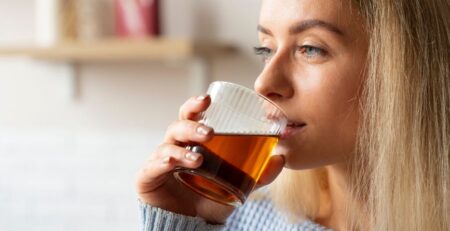
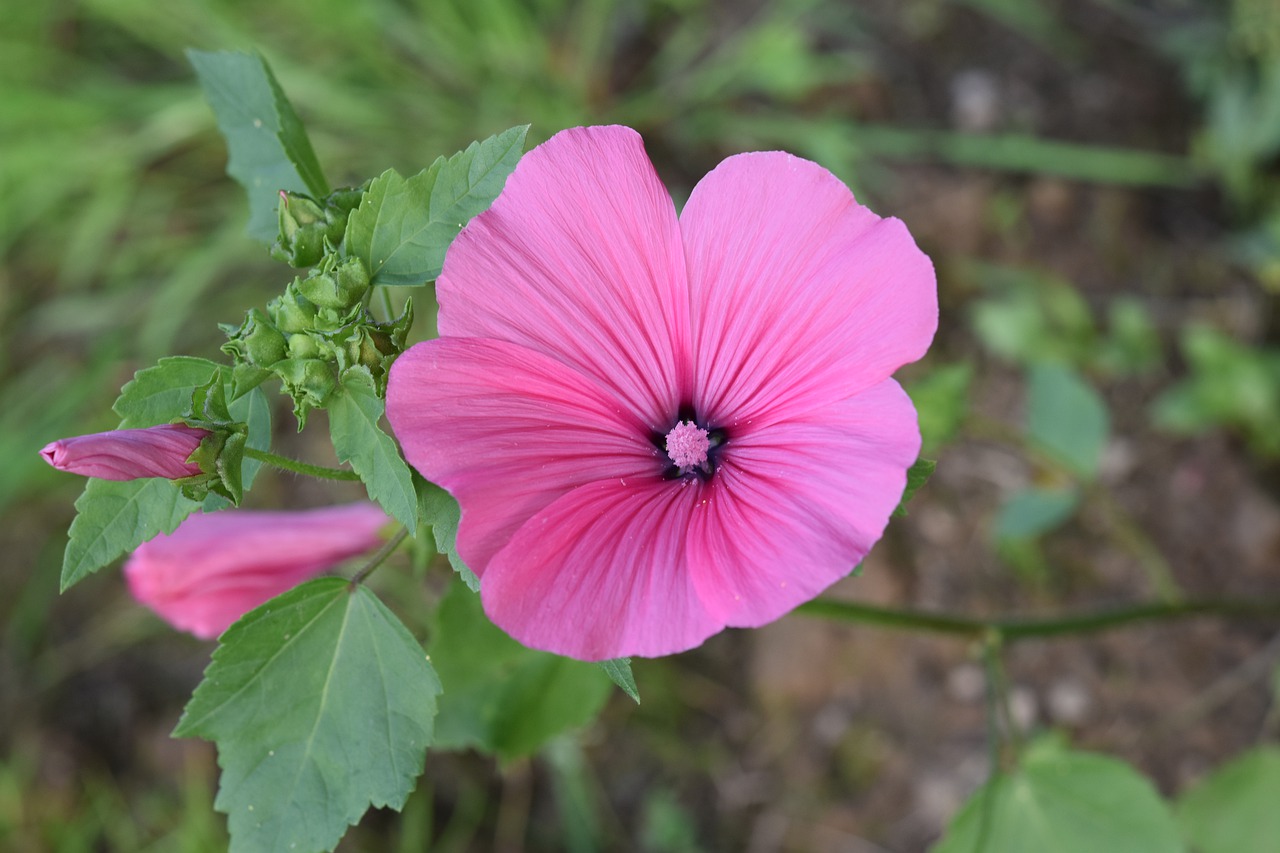


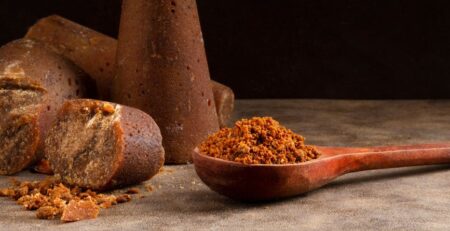
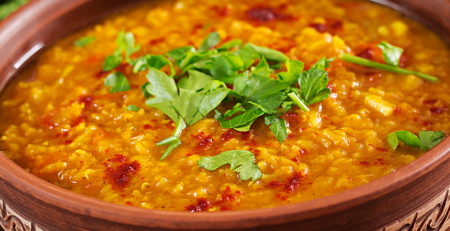
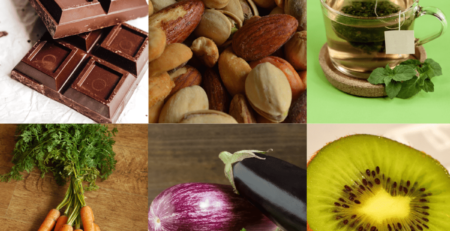

Leave a Reply